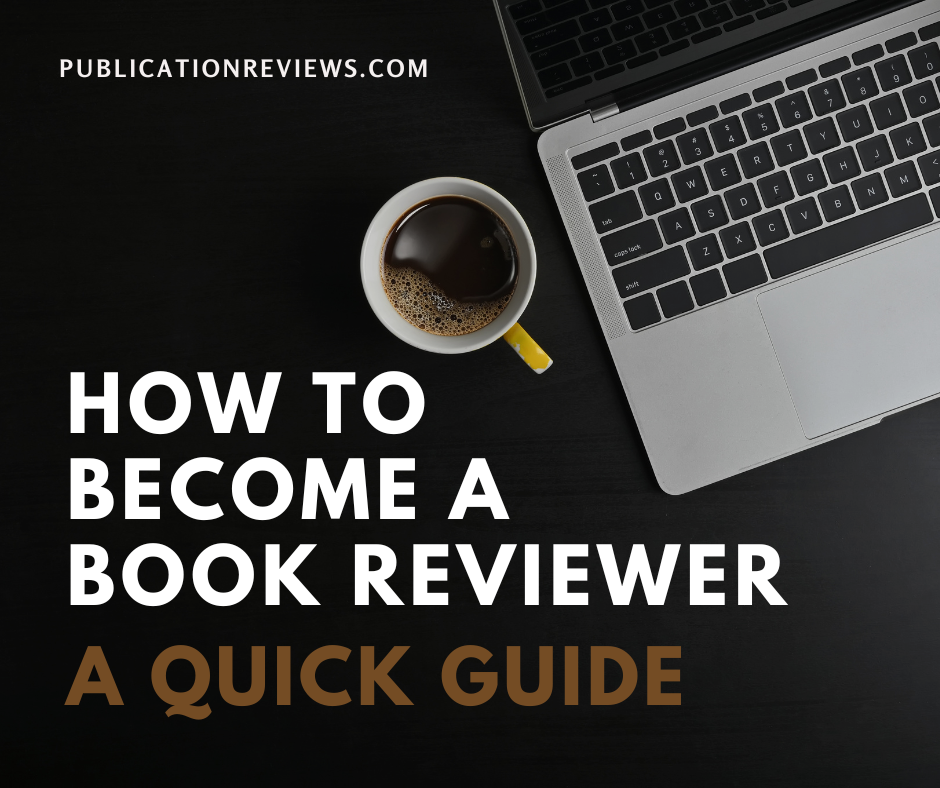Writing a story outline can be intimidating if you don’t employ the proper techniques, so let us show you how in this comprehensive guide.
Creating a story outline for the very first time can be intimidating. However, with the proper guidance and resources, you will soon feel confident in your ability to craft a detailed story outline that will assist you in creating an engaging piece of fiction or nonfiction. This comprehensive guide will outline the essential steps for creating a story outline and offer suggestions for ensuring your final product is as powerful as possible.
Why is a story outline important?
Writers use a story outline to organize their ideas and give their story a clear structure. It helps you decide which plot points are most important, how to manage your story, and how to develop the themes. Creating an effective story outline prevents writer’s block by providing a road map that keeps the writing process on track.
Setting Up Your Story
Before making a detailed story outline, take some time to figure out the most critical parts of your story. Find the plot details most important to the story, genre, and main characters. This will help you clearly outline your account, which will be the basis for your outlining process.
Organize Your Outline
When writing story outlines, the question of how to structure them is common. One option is to arrange the events of your story in chronological order. You could begin with a brief overview of the fundamental concepts and then expand each scene in detail, gradually constructing the plot linearly or cyclically. Alternatively, choose an outline that emphasizes geographical locations. This technique helps transport readers from one setting to another and will keep them interested as the plot becomes more complex.
Adapting Your Ideas to Story Structure
Every story must have a beginning, middle, and conclusion. The purpose of opening your account is to provide context and character history while establishing the central premise. The middle section serves as the “body” of your narrative, containing the primary plot points that generate tension and build to the climax. There must always be a conclusion; it can be happy or sad, but it must tie up all loose ends convincingly.
Creating an effective story outline is the best way to guarantee your story’s accuracy. You will have a well-thought-out structure and organized plot points, so you won’t get stuck or go in the wrong direction. Keep track of what works and get feedback from people you can trust. Using these simple tips and tricks, you should make a great story outline to help you reach your goals.


